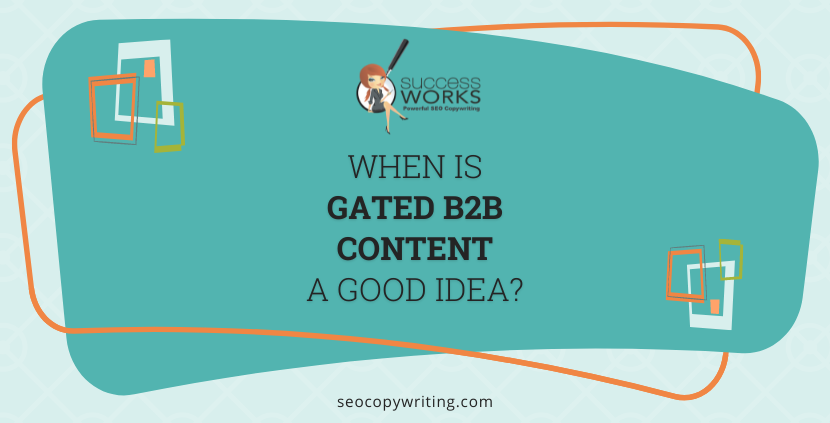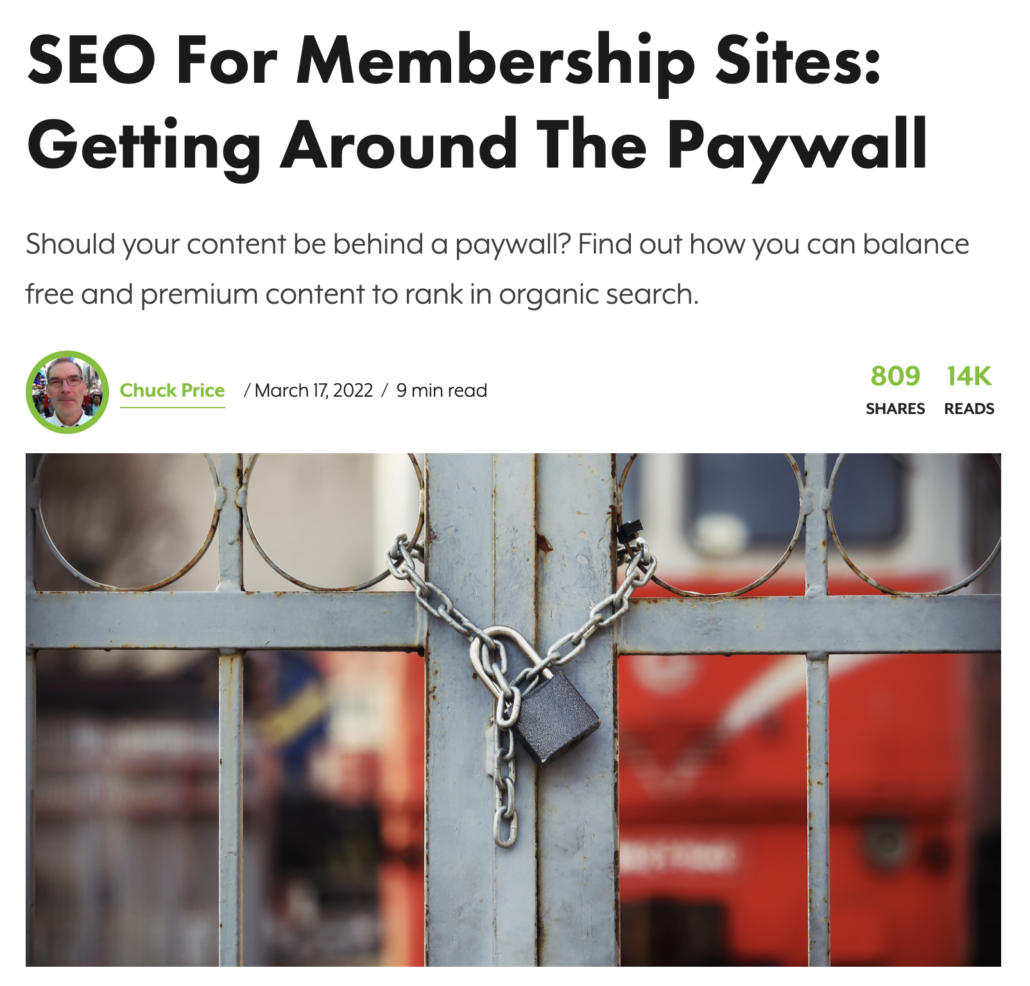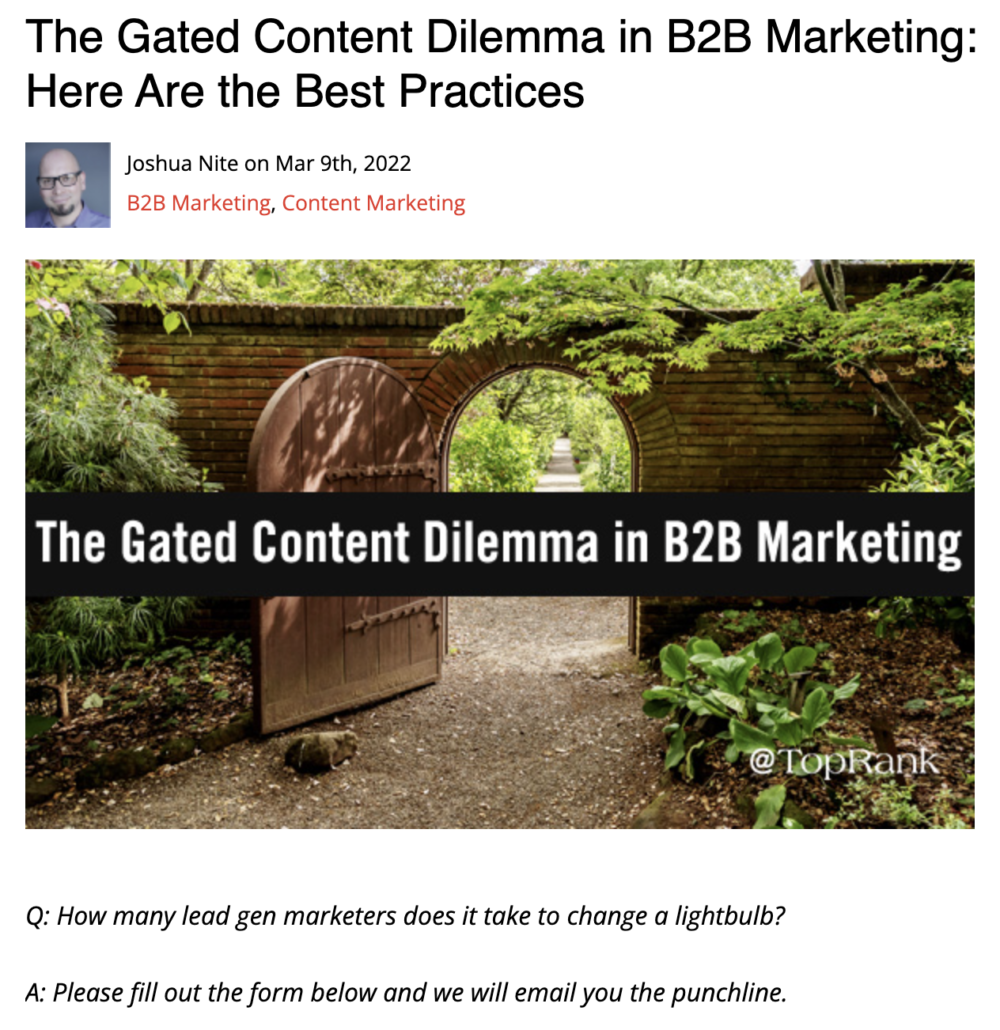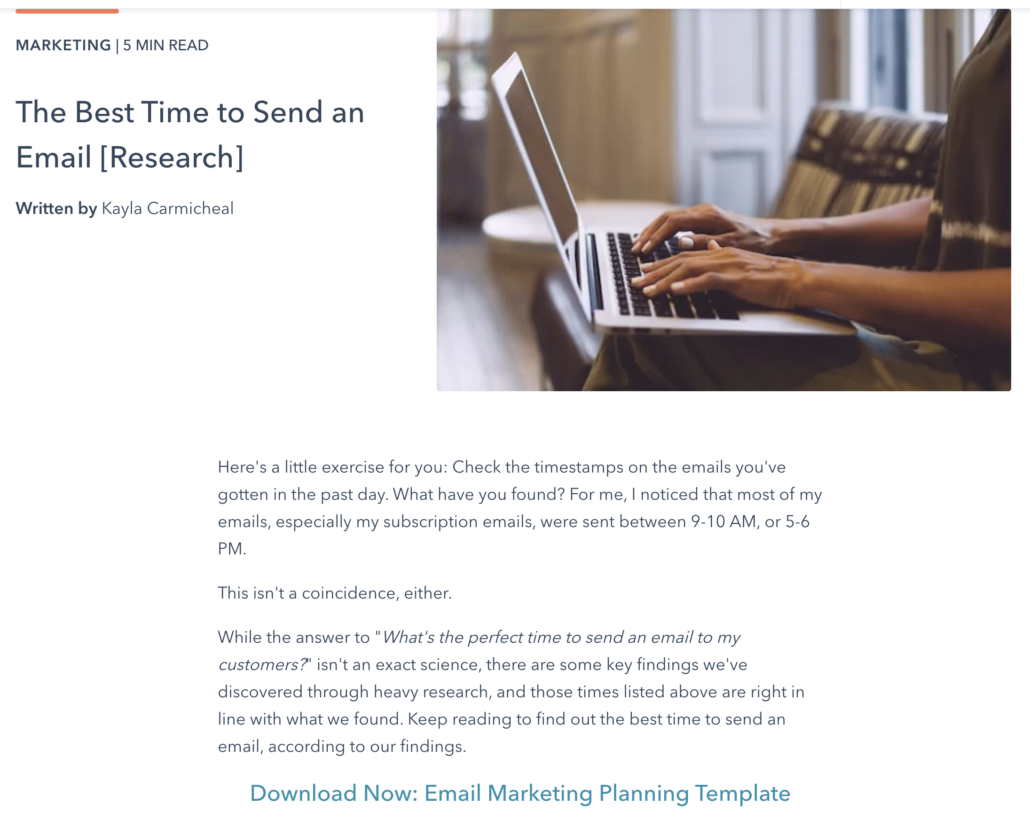When Is Gated B2B Content A Good Idea?
If you’ve created content for a B2B company, you understand the pain…
A company may have outstanding, well-researched content — for instance, white papers, research reports, or case studies. But if readers want to actually read the content, they need to fill out a form and download it.
(Otherwise known as “gated” content.)
Yes, gated content is fantastic for lead generation. As I’ve discussed before, simply offering an incentive in exchange for an email address can boost subscription rates.
But, what some companies often don’t understand is this:
Google can’t access gated content.
Google can’t fill out a “Get the white paper” form. It can’t trade an email in exchange for indexing the content.
In essence, gated content is pretty much invisible to Google.
Ouch.
So what should you do if a company insists on gated content?
You have some options.
Let the company know about the SEO ramifications.
The internal team may not understand the gated content challenges. Sending them articles like this may help.
Consider how you want your content to perform.
Want leads? Gated content is fantastic for lead generation and capturing email addresses. If getting good Google positions is your goal, letting your content roam free may be a smarter bet.
My favorite — look for the win/win scenario.
Instead of an either/or situation, how about both? Consider writing blog posts highlighting exciting findings from the main content.
If you want to read the entire report — yup — that means giving up your name and email address.
This “best of both worlds” technique allows you to create a tasty mix of content that CAN position — and entice people to download the freebie. You can even use this as a pre-launch strategy to inform people about your upcoming report and gain promotional momentum.
Here’s some information from Top Rank Blog that discusses why high-value B2B content can help encourage downloads — plus it discusses the latest B2B gated content trends.
Are you looking for a “best of both worlds” example? This page from HubSpot does things a bit differently. This evergreen article positions number one for [best time to send an email] and breaks down their current research findings.
But if you want access to the email marketing planning template (and who wouldn’t after reading their article), you’ll have to submit your name and email address, website URL, and how many employees work at your location. Here’s the form.
(Side note: I love how they included “sign up for the HubSpot blog” as a secondary call-to-action. After all, if someone loves the article, they may want to subscribe to the blog — and HubSpot made it easy!)
So, if your client or boss insists on gated content, dig in and ask what they want to accomplish:
- Are Google rankings crucial? Keep the content un-gated and work your SEO magic.
- If lead generation is essential, go ahead and gate the content — but don’t expect Google to access it.
And know that there’s usually a win/win workaround where you can enjoy the best of both worlds — excellent lead generation options AND high-ranking articles.
What do you think?
Have you written incredible content that’s hidden behind a firewall? Ouch. I feel your pain. Head over to the SEO Writing Group and share your story — or leave a comment!







Leave a Reply
Want to join the discussion?Feel free to contribute!